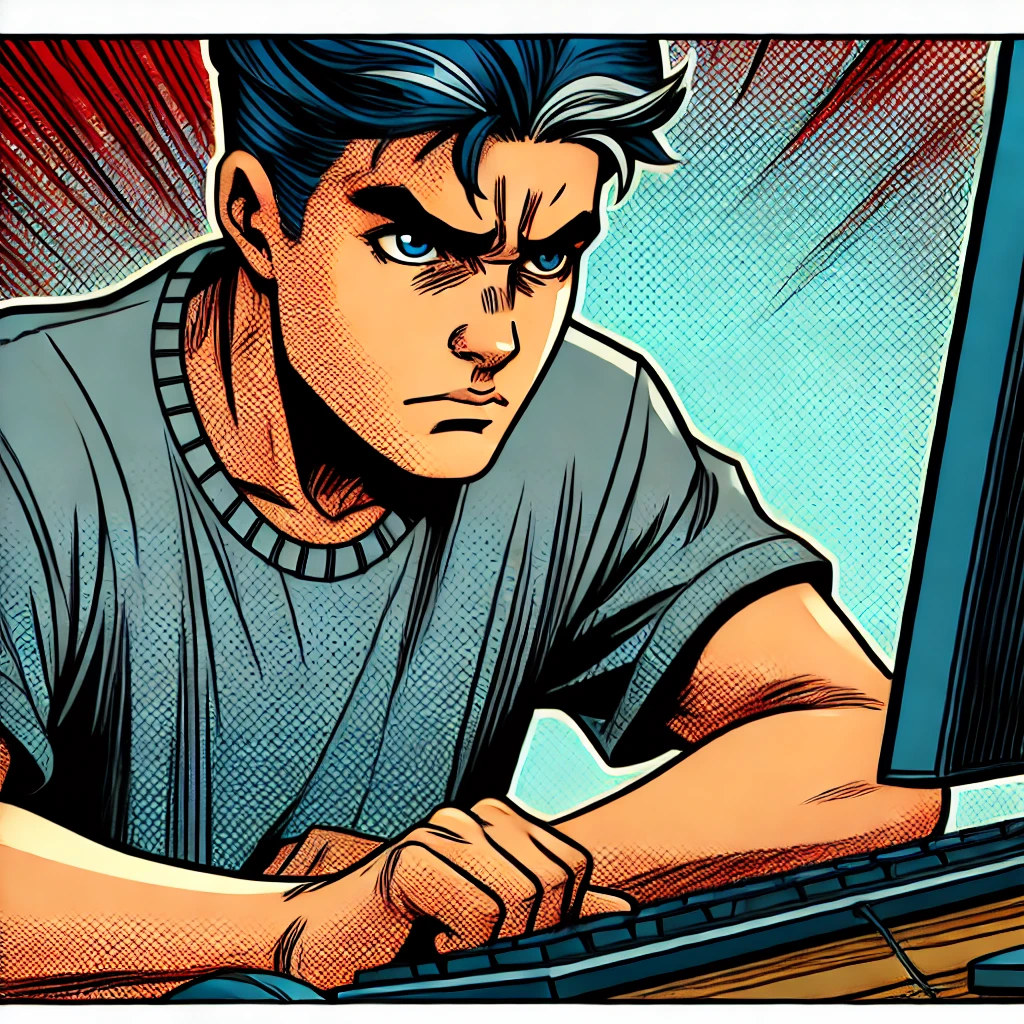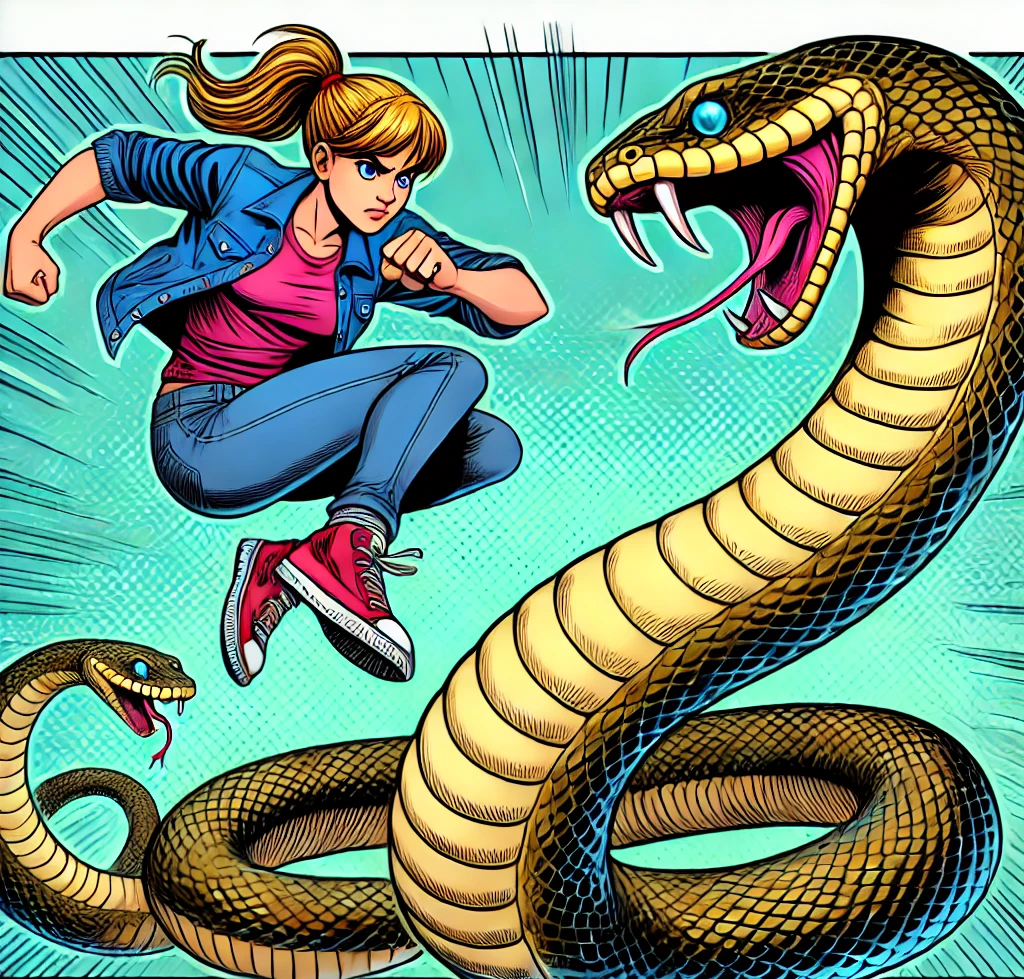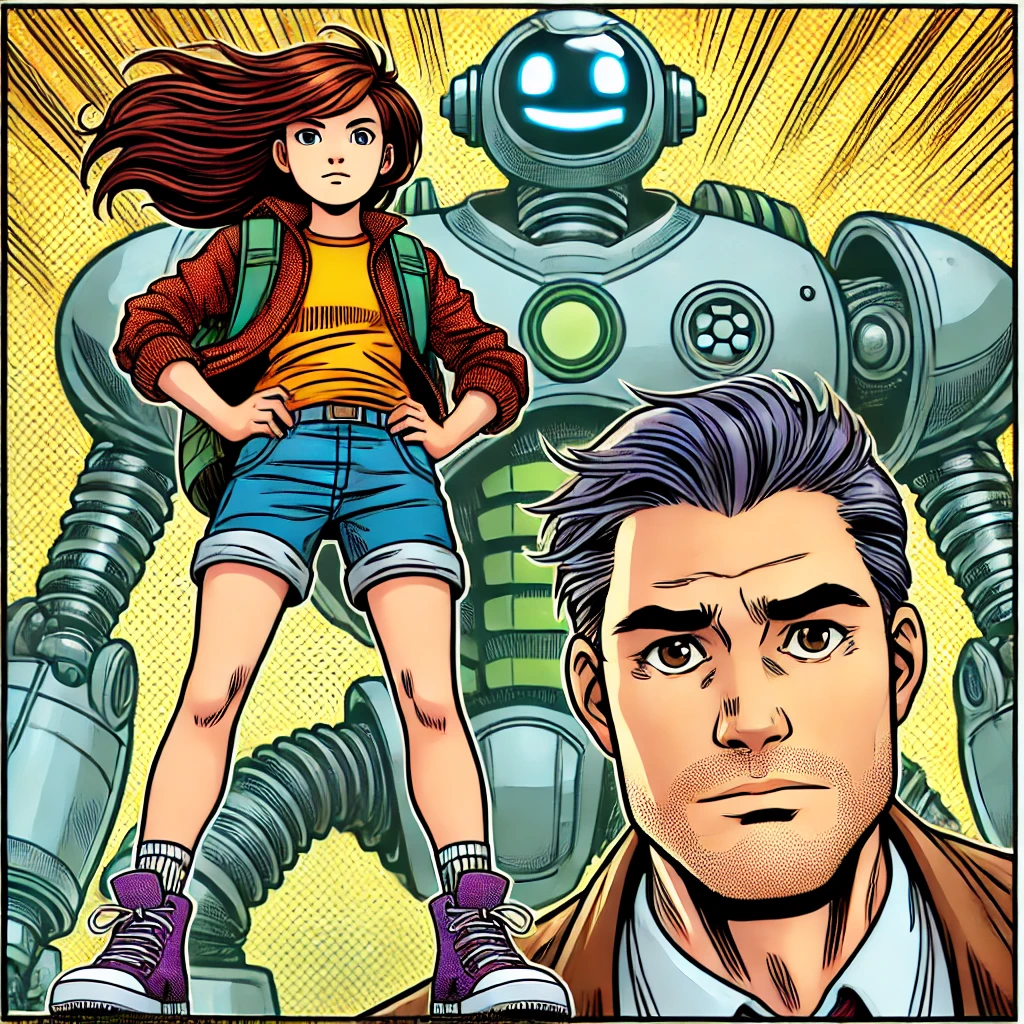Coding Edition

Learning Stories
According to Susan Polirstok, author of Strategies to improve Academic Achievement in Secondary School Students: Perspectives on Grit and Mindset, one of the best ways to instill grit and a growth mindset in students is to regularly tell them stories about students just like themselves who have overcome adversity not through talent or genius, but through hard work and determination.
Below are a series of just such stories!
Java-Biff?
JavaScript was supposed to be my ticket into the world of coding, but from the moment I started, it felt like I was trying to read a foreign language. Functions, loops, and variables all jumbled together like a mess of tangled wires. I watched tutorial after tutorial, scrolled through forums, and pored over documentation, but every new concept only seemed to raise more questions. Every time I thought I was starting to understand, something would trip me up. Honestly, I thought about quitting more times than I could count.

But I had a dream: to create my own online game, something I could actually play and share with others. The thought of seeing my game on the screen, with my friends trying it out, kept me going. I promised myself to celebrate each small win, even if it was just a button that actually worked or a character that could move a few steps.
Bit by bit, I started to see progress. I set daily goals, broke down every problem into the smallest steps, and spent hours making mistakes. Debugging became second nature. Every error message became a clue, and with each solved problem, I started to feel more confident.
After months of hard work, my game finally came to life. It was a simple platform game where a character jumped over obstacles and collected stars—nothing fancy, but I had built it all by myself. When I uploaded it and watched my friends play, I felt a rush of pride that made every struggle worth it. JavaScript wasn’t a mystery anymore; it was my tool, and I had learned to use it through sheer grit and determination.
~ Bernard Walters, Spokane Washington
Python Schmython!
Learning Python was supposed to be the easy part. At least, that’s what everyone online kept saying. But here I was, stuck again, staring at my screen, wondering why my code wasn’t doing what I thought it would. Nothing made sense, and every time I thought I’d figured something out, a new error popped up, mocking me. I felt like I was just banging my head against a wall. Sometimes, it felt like no matter how hard I tried, I’d never get the hang of it.
But I’d seen what Python could do—these incredible machine learning projects that could recognize faces, predict patterns, even create art. I wanted that. I wanted to make something cool, something I could show off to my friends, something that would make all these hours feel worth it. Every time I thought about giving up, I’d go online and watch videos of people who had built their own AIs and visualizations. Seeing those projects, I could almost picture myself there, making something just as impressive.

So, I kept pushing. I started setting small goals for myself, just tiny pieces of the puzzle. I learned how to write a simple loop, then how to use conditionals. I celebrated when I finally figured out how to make a basic program that actually worked. Slowly, the pieces started to fit, and Python became a little less intimidating each day.
Now, I’m working on my first machine learning model, even if it’s just a basic one. It’s not perfect, but seeing it run—even for a few seconds—feels like a huge victory. There’s still a long way to go, but I know I’m getting closer to my goal. Every line of code is a step toward making something awesome, and that’s all the motivation I need.
~Tilda Bell, St. Claire, New Hampshire
Eh, I can't join your club, huh?
I’d always been fascinated by technology. The idea of joining my high school’s computer club was exciting—until I realized it was all boys. When I approached the club advisor, Mr. Thompson, about joining, he barely looked up from his papers.
“It’s a tight group,” he said dismissively. “Besides, coding’s not for everyone.” His words stung, but I wasn’t about to let them stop me. If they wouldn’t let me in, I’d teach myself to code.

That night, I opened my laptop and searched for coding tutorials. It felt overwhelming at first—there were so many terms and concepts I didn’t understand. I’d spend hours hunched over my computer, making every mistake possible. Debugging was a nightmare, and sometimes I’d feel like giving up. But every time I thought of Mr. Thompson’s words, I pushed myself a little harder. Slowly, I started to improve. Each line of code was a small victory, building my confidence and grit.

One day, I found an online community of female programmers. They encouraged me, and through them, I discovered something new: artificial intelligence. The idea of creating something that could “think” felt magical, so I threw myself into it. Building my own AI was the hardest thing I’d ever done, but by now, I knew I could do anything if I worked hard enough.
When the school announced a coding competition, I signed up. The boys from the computer club were there, looking as confident as ever. I set up my laptop and introduced my project—a sentient AI that could learn and adapt. As I watched it perform, I could feel everyone’s eyes on me, including Mr. Thompson’s. By the end, my AI took first place.
As I held my trophy, I caught Mr. Thompson’s eye. He looked shocked, maybe even a little ashamed. I just smiled. I’d done this on my own, with nothing but grit and determination.
~ Carrie Meade, Jacksonville, Kentucky